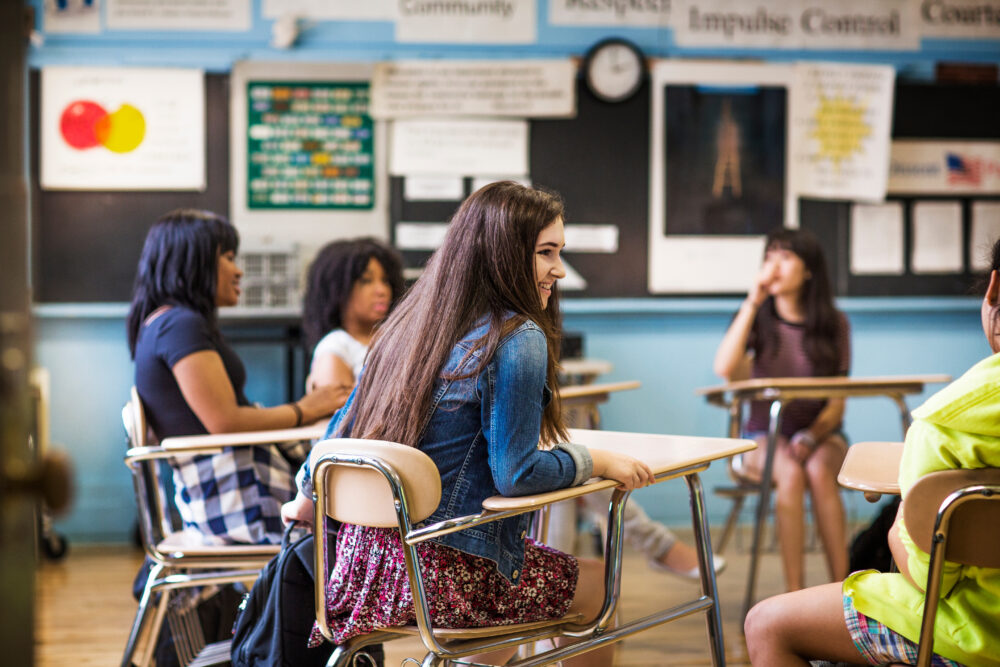More than 40,800 New York City students spent time in shelter during the 2022–23 school year, yet there have never been enough staff dedicated to addressing these students’ unique needs. Outcomes for students in shelter reflect how much more the City needs to do to ensure they can access a high-quality education: in 2021–22 (the most recent year for which data are available), 72% of students in shelter were chronically absent, meaning they missed at least one out of every ten school days, and only 22% of those in grades 3–8 scored proficient on the state English Language Arts exam, less than half the reading proficiency rate of their peers in permanent housing.
Last year, the Administration made much-needed investments in shelter-based supports for students, hiring 100 NYCPS community coordinators to work in shelters and help address the multitude of obstacles these young people face. The SBCCs help families find appropriate educational programs, secure busing, navigate the special education process, and much more. Their work has helped keep students in shelter on the path to graduation, made it possible for parents to pursue and maintain employment, and raised individual students’ attendance rates by double-digits. They have played a critical role in helping newcomer immigrant students enroll in school, navigate an unfamiliar system, and access needed educational services.
Safeguarding Success shares the stories of students and families with whom the SBCCs have worked over the past year, providing a snapshot of the tangible difference these staffers are making in the lives of young people who might otherwise fall through the cracks. For example, individual SBCCs have:
- Helped a teenager who was considering dropping out of school after having a baby enroll in the LYFE program, which provides student parents with free on-site childcare, so she could continue attending high school.
- Secured a new wheelchair for a 13-year-old whose attendance was suffering after a growth spurt made his existing wheelchair uncomfortably small.
- Requested and secured an exception to add a student in 3-K to her older sibling’s bus route, allowing their mother to start a new job.
- Established partnerships with community-based organizations to bring food, clothing, and school supplies to immigrant families living at a newly opened shelter.
- Helped secure new special education evaluations and a District 75 school placement for a student on the autism spectrum whose parent was turned away from the local school when trying to enroll.
“I wanted my son to stay in his same school while we were going through our housing struggles, but they placed us in a shelter in another borough, and we went through hell and back getting there every day—it took three different trains,” said Ms. Lopez, the parent of a 2nd grader. “Then I connected with the DOE Coordinator at the shelter. She knew what to do to get my son busing. She didn’t stop until she got the problem fixed and he had a school bus. Nobody else was helping, but she did. If she hadn’t been there, my son would have had his school taken away from him on top of everything else.”
When parent Anzhela Mordyga tried to enroll her 8-year-old son at a school near her Brooklyn shelter, she was turned away and told there was “no room.” Ms. Mordyga said of the SBCC at her shelter, who “fixed it right away,” got her son enrolled in school, and connected them with an after-school program, “Without her, I would be lost. Who would I go to who could help? Having a shelter without a DOE Coordinator would be like building a restaurant but without a stove.”
Since the shelter-based community coordinator position was first envisioned, the number of students in shelter has only grown, and more than one hundred new shelters have opened across the five boroughs. Yet funding for all 100 of the recently-hired SBCCs will run out at the end of June—25 are funded with one-year city dollars and the other 75 with expiring federal stimulus funds—and there is currently no plan for sustaining this initiative.



